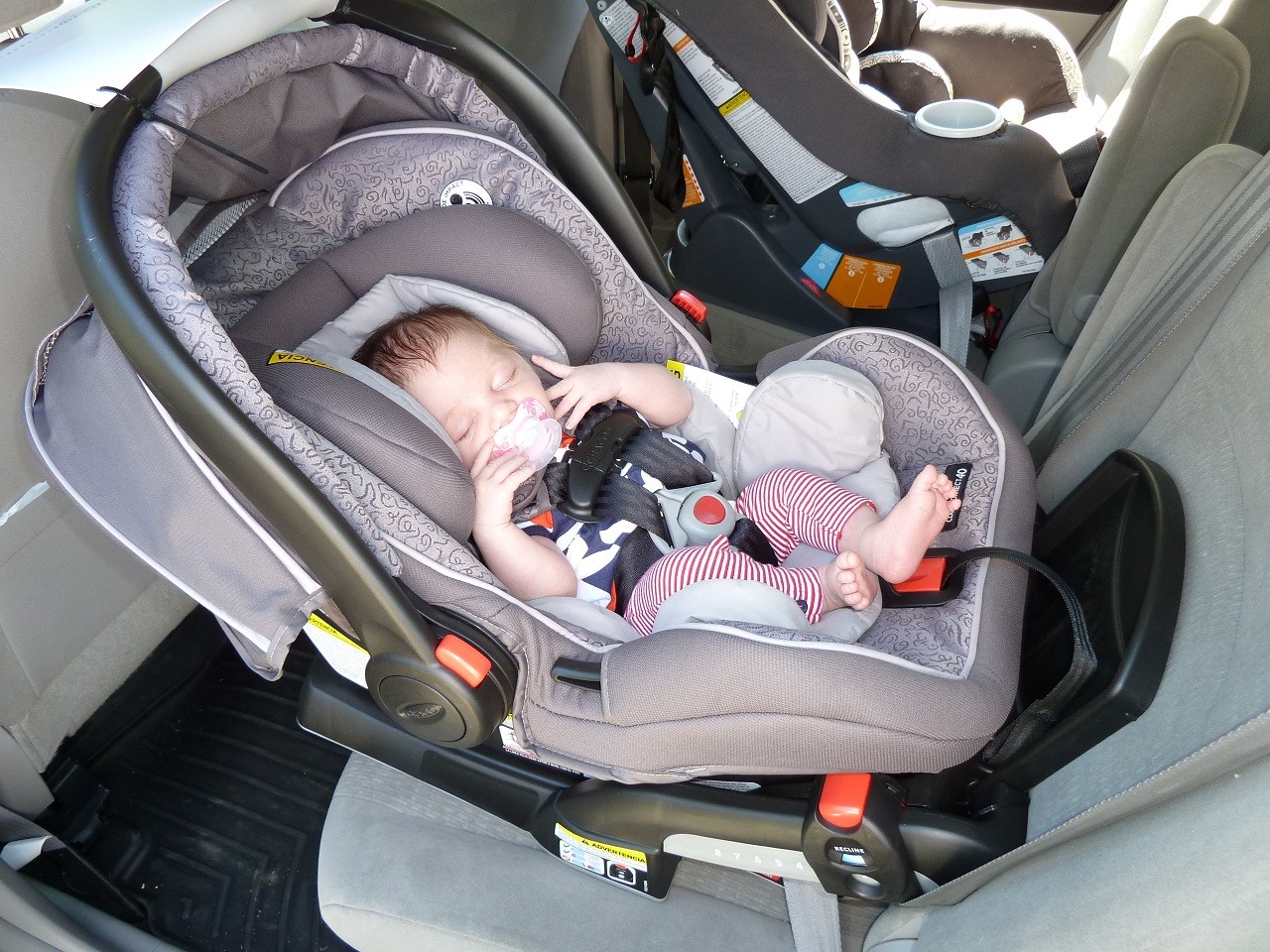For many years, parents have been told that they could switch their rear-facing car seats to forward-facing car seats for their infants after the age of one and a weight of at least 20 pounds. The American Academy of Pediatrics (AAP) and the National Highway Traffic Safety Administration (NHTSA) have released new car-seat recommendations.
The AAP suggests that if children stay rear-facing, they are at a significantly lower risk of injury in a crash. According to Dr. Dennis Durbin, a pediatric emergency physician at Children’s Hospital of Philadelphia, when in a rear-facing car seat, the child is supported by the structure of the seat; in a forward-facing car seat, the child’s head and neck are left free to whip forward in the event of an accident.
The AAP also recommends that children use seats with five-point safety harnesses for as long as possible. These should only be changed to booster seats that use adult seat belts when children exceed the height and weight limits for the five-point harness. AAP advises that children use booster seats until they are eight to twelve years old, or until they are 4 feet 9 inches in height. These recommendations are important to enhance the safety of children in vehicles.
At Swartz & Swartz, P.C., we have represented victims of motor vehicle negligence for more than three decades. Our attorneys have the proven experience and expertise, as well as a background numerous successes in cases involving automobile accidents. If you or a family member have suffered significant personal injuries and would like to speak with an experienced attorney, please contact us. We are available to answer your questions and discuss important steps in protecting your legal rights; you can call us at (617) 742-1900, or if you are outside the Boston area, call toll-free at 1-800-545-3732.
Keep Reading
Want more? Here are some other blog posts you might be interested in.





